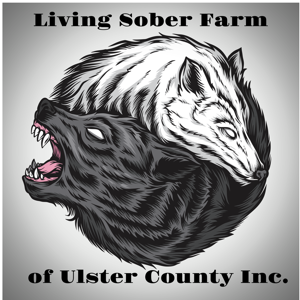How do you become an addict?
Addiction creates chemical changes in the brain, the part of the brain that also controls learning and survival. There is a basic need for humans to feel good, so that they continue the behavior that allows them to feel good.
Physical changes in the brain occur with addiction, as the drug damages the many receptors in the brain that generate dopamine (our brain’s own “feel-good chemicals”.) When the receptors are flooded with drugs (particularly opiates and opioids) they cease to stop making their own dopamine. On top of that the damage to the prefrontal cortex of the brain prevents the abuser to make rational decisions. When the addict stops feeding his/her brain, the damaged receptors create havoc as it may take up to two years of abstinence to begin to repair the physical damage. These chemicals that affect brain functions are no less important that the hormones that our body creates to grow and live. Every human being has a unique physiology, each brain works differently according to their chemistry, life experiences, and trauma. Some people will become addicted while most do not. People will say that these young people had a choice to drink or use drugs therefore, it is their own fault that they become addicted. But is it all their own fault?
Because of the way our brains react to alcohol or recreational drugs, if we find they make us feel good, we tend to use them again. Because young people’s brains are not fully developed, they react differently, not always making smart decisions, not always knowing when to stop or sense that their life might be in danger. They fail to understand fully the risk of death they are taking. Some will develop such a love for the substance they are abusing, they will continue to use it until they actually develop a physical addiction. There is a failure of our culture to educate and protect our young. They need to be graphically and seriously informed preferably with their parents in a group setting. Commercials that lead to risky lifestyles should not be allowed. Putting a disclaimer such as ‘not for use under age 18' or ‘use responsibly’ is not enough. It is cruel and heartless to label our addicted young people as weak, stupid or deserving of the fate of their choices. Our children are young and less mature and it is our roles as adults to look out for them, protect them, not look away. Do we react this way to smokers who develop emphysema or lung cancer? Do we deny treatment to people who continue to drink soda and other sugary drinks and then develop diabetes? No, we take care of them and not with disgust. Today’s recreational drugs are far more serious and dangerous then most of us have experienced in our own generation, especially with the invasion of our borders with fentanyl. Our children are playing russian roulette with their lives and we are not reaching them in time to save them. We label their deaths as accidental overdoses on their death certificates giving the message that they died at their own hand. A careful look at the autopsy reports will show the deaths due to fentanyl poisoning are increasing in number and are anticipated to continue to grow. Fentanyl is cut into many street drugs including pain pills, heroin, cocaine, methamphetamines, benzodiazepines (Valium, Ativan, Xanax) and even marijuana. Most times the victim is not aware of the fentanyl in the drugs they are using, yet because of the nature of addiction, they put their lives at risk by putting this poison into their bodies. It is logical that the person who sells the drugs know that the drugs are adulterated with fentanyl. Shouldn’t that person be charged with murder? If one puts rat poison into an alcoholic’s drink, would the drinker's death be called alcohol poisoning, or would it be murder? Yet, in many instances, even our police fail to collect evidence, blaming the victim for causing their own death. I’m happy to say that, in Ulster County, this has changed.


Comments powered by CComment